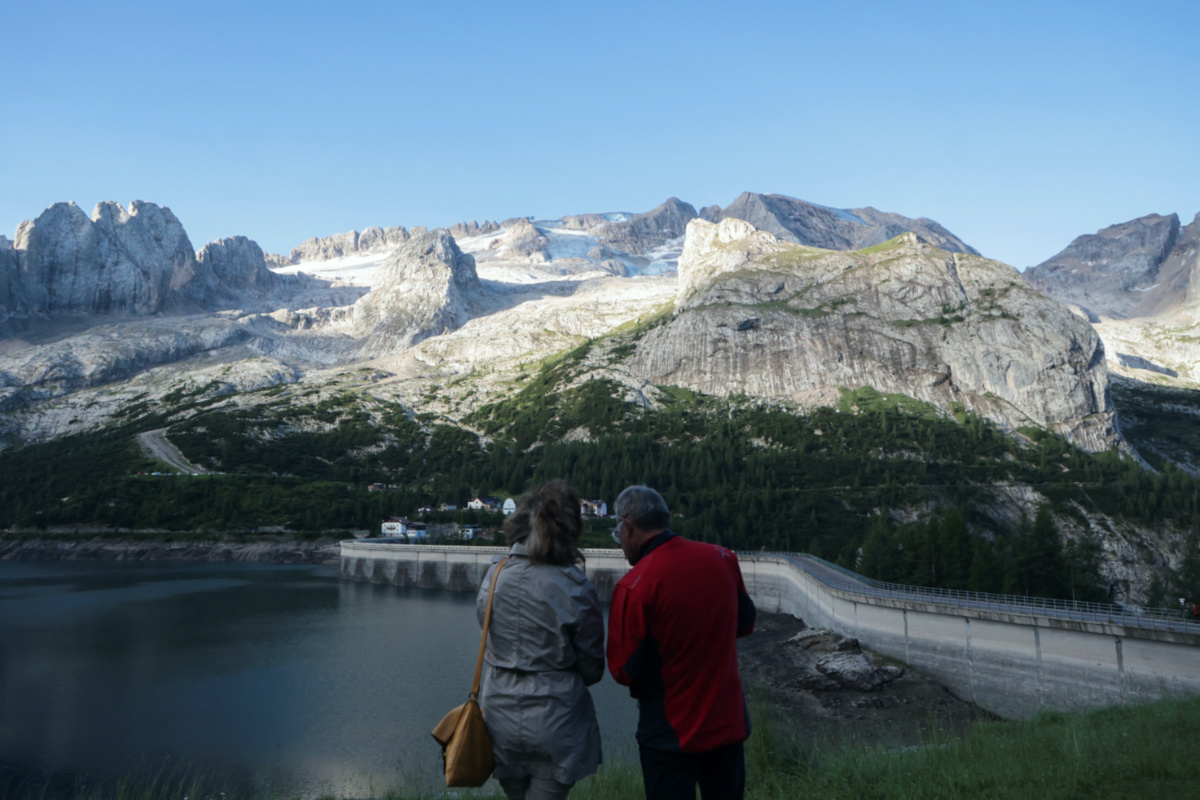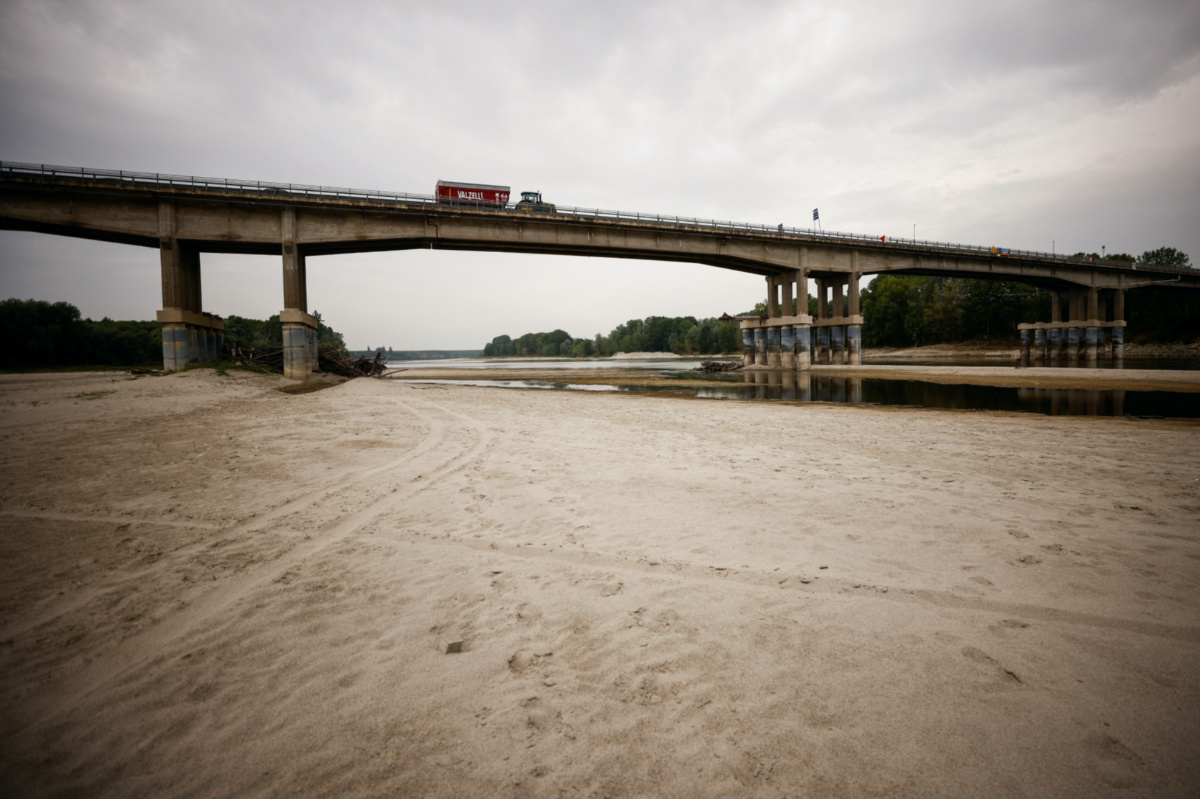Milan, Italy
Reuters
Glaciers in Europe’s Alps are becoming more unstable and dangerous as rising temperatures linked to climate change are reawakening what were long seen as dormant, almost fossilised sheets of ice.
Italy has been baking in an early summer heatwave and attention had been focused on the impact of drought on crops on the fertile Po Valley.

Punta Rocca summit is seen after parts of the Marmolada glacier collapsed in the Italian Alps amid record temperatures, killing at least six people and injuring several, at Marmolada ridge, Italy, on 4th July. PICTURE: Reuters/Borut Zivulovic
Further north in the Dolomites, tragedy struck on Sunday when a glacier collapsed on the Marmolada, which at more than 3,300 metres is the highest peak in the mountain range, killing at least six people.
“This summer 2022 risks being the perfect storm for glaciers,” said Giovanni Baccolo, an environmental scientist and glaciologist at Milan-Bicocca University, noting a lack of winter snow and a ferociously hot start to summer.
“Nobody could have expected a glacier like the Marmolada to react like this,” he told Reuters. “It is a kind of climatic fossil, glaciers like the Marmolada are considered ‘placid’, they are expected to just retreat.”
Temperatures on the normally freezing Marmolada touched 10 degrees Celsius on Saturday, Veneto regional governor Luca Zaia said at the weekend.
A huge mass of ice collapsed close to Punta Rocca, on the route usually used by hikers and climbers to reach the summit, the Alpine rescue unit said.
“High elevation glaciers such as the Marmolada are often steep and relying on cold temperatures below zero degrees Celsius to keep them stable,” said Poul Christoffersen, professor in Glaciology at the University of Cambridge.
“But climate change means more and more meltwater, which releases heat that warms up the ice if the water re-freezes, or even worse: lifting up the glacier from the rock below and causing a sudden unstable collapse,” he added.
We rely on our readers to fund Sight's work - become a financial supporter today!
For more information, head to our Subscriber's page.
Baccolo said those intrepid hikers heading into the mountains to escape the summer heat should be careful about where they venture.
“The invitation I want to make to those who go to the high mountains this summer is to use much more caution,” he said. “The problem is that it may no longer be enough to read the signs from the glacier that have been read so far.”
Meanwhile, Italy on Monday declared a state of emergency for areas surrounding the river Po, which accounts for roughly a third of the country’s agricultural production and is suffering its worst drought for 70 years.
The government decree will allow authorities to cut through red tape and take action immediately if they think it necessary, such as to impose water rationing for homes and businesses.

A view shows Po’s dry riverbed, as parts of Italy’s longest river and largest reservoir of freshwater have dried up due to the worst drought in the last 70 years, in Boretto, Italy, on 22nd June. PICTURE: Reuters/Guglielmo Mangiapane
The Po is Italy’s longest river which runs for more than 650 kilometres through the wealthy north of Italy. However, many stretches of the waterway have run dry and farmers say the flow is so weak that sea water is seeping inland, destroying crops.
The government said in a statement that the emergency measures would cover lands that bordered the Po and the water basins of the eastern Alps.
More broadly, it also introduced a state of emergency in five northern regions – Emilia-Romagna, Friuli Venezia Giulia, Lombardy, Piedmont and Veneto – earmarking an initial €36.5 million of funds to help them tackle the water shortage.
“The state of emergency is aimed at managing the current situation with extraordinary means and powers, with relief and assistance to the affected population,” the government said.
It added that further measures could be taken in future to deal with the drought which water authorities say is increasingly impacting central Italy after an extremely dry winter and spring followed by an exceptionally hot early summer.
Italian media have reported that Prime Minister Mario Draghi was also considering appointing a commissioner to coordinate the drought response, in a similar way to which the government created a commissioner to oversee the coronavirus crisis.





